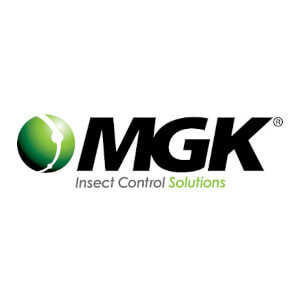Darkling beetles, commonly called litter beetles, and their larvae, lesser mealworms, are major pests of the agricultural industry. Darkling beetles exist worldwide, but it is hypothesized that they originated in sub-Saharan Africa. They exist in large population densities and are considered invasive as they migrate from barns to nearby farms and residential areas.
Specifically, they are a significant pest of the poultry industry. Litter beetles will:
- Destroy poultry houses
- Carry pathogens that cause diseases such as Newcastle Disease and Salmonella
- Reduce overall production through irritation to the bird
Identification
Positive identification of any pest insect species is the first step to ensuring proper management. However, when a poultry house is infested with darkling beetles, it doesn’t take long to determine the culprit.
Adult darkling beetles are dark reddish-brown to black and are about ¼ -inch long. Larvae are 3/4-inch long and yellow-brown in color. Pupae are 1/2-inch long and yellow-brown in color.
Biology and Behavior
Darkling beetles are holometabolous insects that undergo complete metamorphosis. This means that in each stage of the insect’s life, they look completely different than the one before.
The adult female litter beetle lays an average of 200-400 eggs and does so in the cracks and crevices of poultry houses, in litter, along feed lines, and near grain. Adults can live up to 12 months, with females laying eggs every 1-5 days.
Larvae will emerge from eggs after 4-7 days and can take up to 100 days to reach adulthood. The time between the larva, pupa, and adult stage varies greatly as it is very dependent on environmental conditions.
Management
Before placing birds in the house, plan to premise spray an insecticide to the litter and walls (1-2 ft. up). Plan to use a contact insecticide and an insect growth regulator (IGR), as the IGR will help control future populations of beetles.
For houses with longer grow out periods, microencapsulated insecticides can give you a longer residual effect of the active ingredient, as the microcap is intended to slowly release product over time.
Always use the highest recommended label rate and treat all of the litter. Additionally, treatment as close to bird placement as possible will be beneficial to the residual effects of any insecticide over the grow-out period. Exterior insecticide treatments are recommended twice per year (spring and summer) or more often if a significant infestation is present.
As a form of sanitation, or cultural control, cleaning out poultry litter and replacing shavings can greatly reduce the beetle population.

